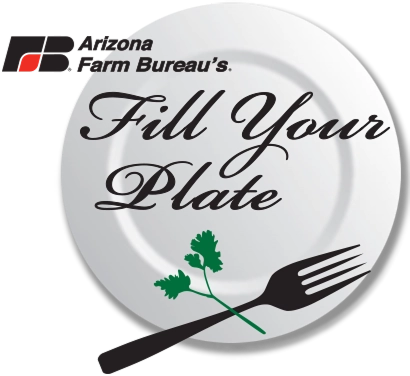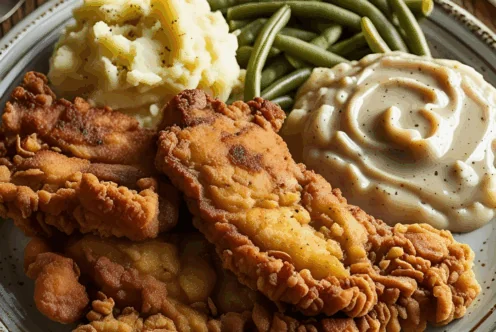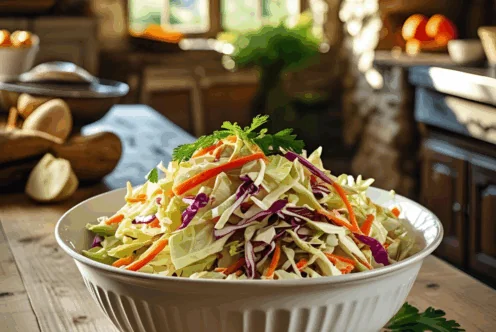Blog
Tips For Exercising in the Heat

As the warm sun rises higher in the sky during summer months, many outdoor enthusiasts face a common challenge: how to exercise safely and effectively when temperatures soar. Whether you’re an avid runner, walker, or simply enjoy being outdoors, it’s essential to adapt your workout routine to accommodate the heat. This guide explores effective strategies for staying active while ensuring your body remains cool and hydrated. Let’s delve deeper into safe exercise practices during hot weather, so you can maintain your fitness goals without compromising your health.
Understanding the Impact of Heat on Your Body
Before jumping into the tips, it’s crucial to understand how heat affects your body during exercise. When temperatures rise, your body works harder to regulate its internal temperature. This process involves increased perspiration, which can lead to dehydration if fluids aren’t replenished adequately. According to the Mayo Clinic, exercising in high temperatures can lead to heat exhaustion or, in severe cases, heat stroke. Symptoms of heat-related illnesses may include:
- Excessive sweating
- Dizziness or light-headedness
- Nausea
- Headaches
- Weak or rapid pulse
Thus, understanding these symptoms is vital for recognizing when to take a break or seek medical attention.
Preparing for Your Workout
Stay Well-Nourished and Hydrated
Hydration is Key
Maintaining hydration is one of the most important aspects of exercising in the heat. Your body loses fluids through sweat, which can lead to dehydration if not replenished. It’s recommended to drink at least 16-20 ounces of water 2-3 hours before exercising and another 8-10 ounces about 20-30 minutes prior to your workout. During the workout, aim to drink 7-10 ounces of water every 10-20 minutes. If your workout exceeds an hour, consider beverages that contain electrolytes to replace lost salts, as highlighted in this Hydration and Nutrition Study.
Balanced Nutrition
Proper nutrition also plays a significant role in how your body handles heat. Consuming foods rich in water content, such as fruits and vegetables—like watermelon, oranges, and cucumbers—can help keep your hydration levels steady. Pair these with a balanced intake of carbohydrates and protein to provide the necessary energy for your workouts. A well-rounded meal before exercising can significantly affect your performance and recovery.
Dress in Loose, Light Clothing
What to Wear
Choosing the right attire can make a big difference when exercising in hot weather. Loose-fitting, light-colored clothing helps reflect heat and allows better airflow, promoting evaporation of sweat. Fabrics like moisture-wicking synthetic materials can also assist in keeping you dry by drawing sweat away from your skin. Avoid heavy fabrics like cotton, as they can become saturated with sweat, leading to discomfort and overheating. For optimal safety and comfort, consider clothing described in this Guide on Active Wear.
Choose a Workout Time When the Sun is Either Rising or Setting

Timing Your Exercise
To avoid the peak heat of the day, opt for morning or evening workouts. The sun is generally less powerful during these times, temperatures are cooler, and the air quality is often better. Usually, temperatures can drop significantly from mid-afternoon to evening, providing more comfortable conditions for a workout. According to the National Weather Service, the hottest part of the day usually falls between 10 AM and 4 PM, so planning your outdoor activities around those times can help ensure a safer and more enjoyable experience.
During Your Workout
Listen to Your Body
Monitoring Your Performance
As you embark on your workout, be mindful of how your body responds to the heat. Take breaks as needed, and don’t hesitate to slow down or modify your workout intensity. If you notice symptoms of overheating, such as excessive sweating, dizziness, or increased heart rate, find a cool shaded area, hydrate, and rest. Always prioritize your safety over sticking to a rigid exercise plan.
Consider Adaptability
Adjusting Your Routine
Sometimes, it may be necessary to shift your workout indoors to cooler environments, especially on exceptionally hot days. Gyms, community centers, or even your living room can provide suitable options to continue your routine without exposing yourself to oppressive heat.
After Your Workout
Stretch
Cooling Down is Crucial
Once you complete your workout, stretching is essential to help your muscles recover and promote flexibility. It can also aid in gradually lowering your heart rate. Choose stretches that target major muscle groups, focusing on areas that were engaged during your workout, such as legs, shoulders, and back. Taking the time to cool down can also help prevent injuries and enhance muscle recovery, as detailed in this Stretching Guide.
Breathe
Take Time to Recover
Post-workout, conscious breathing techniques can help lower your heart rate and facilitate relaxation. Deep breathing exercises, which involve inhaling through your nose, holding for a few seconds, and exhaling through your mouth, can promote a sense of calm and assist in recovery.
Take a Cold Shower
Refreshing Recovery
After exercising, consider taking a cold shower. Not only does this help in lowering your body temperature, but it can also be refreshing and invigorating. It promotes blood circulation and helps wash away sweat and bacteria from the skin, leaving you feeling clean and rejuvenated.
Re-fuel Your Body with a Snack
Eat for Recovery
Post-exercise snacks are crucial for recovery. Ideally, you’ll want to consume a combination of carbohydrates and protein to replenish energy stores and aid muscle recovery. A banana with peanut butter, a protein smoothie, or yogurt with fruit can be perfect options. Eating within 30 minutes after your workout can significantly enhance recovery, as explained in this Nutrition Post-Workout article.
Creative Alternatives to Outdoor Workouts
If outdoor exercise becomes too challenging due to the heat, consider incorporating these alternatives into your routine:
Swimming
Swimming is an excellent low-impact exercise that helps cool you down while providing a full-body workout. The resistance of the water makes it an effective way to build strength and endurance without the risk of overheating.
Indoor Cycling
Utilizing stationary bikes allows you to get cardiovascular exercise without facing the outdoor elements. Many gyms also offer cycling classes that bring the energy of group workouts indoors.
Home Workouts
Utilizing workout videos, apps, or online fitness classes can keep you engaged without having to brave the heat. From yoga to HIIT, there are countless options available that can be done from the comfort of your home.
The Takeaway
Just because it’s warm outside doesn’t mean you need to abandon your outdoor workout goals. With proper preparation, hydration, and modifications, you can enjoy exercising in the heat while ensuring your comfort and health. Remember, the most important aspect of any exercise routine is to listen to your body and adjust as necessary. Staying active during the summer can be rewarding, allowing you to embrace the beauty of nature while maintaining your fitness journey.
For more articles on exercise, check out the Fill Your Plate blog. Additionally, staying informed and adapting your strategies seasonally is key to sustaining a healthy and active lifestyle throughout the year.
By Heide Kennedy, Arizona Farm Bureau Communications Intern


















